
Fort de la Crèche
Explore a historic Napoleonic fort and WWII bunkers perched on the stunning Côte d'Opale, offering a journey through military history.
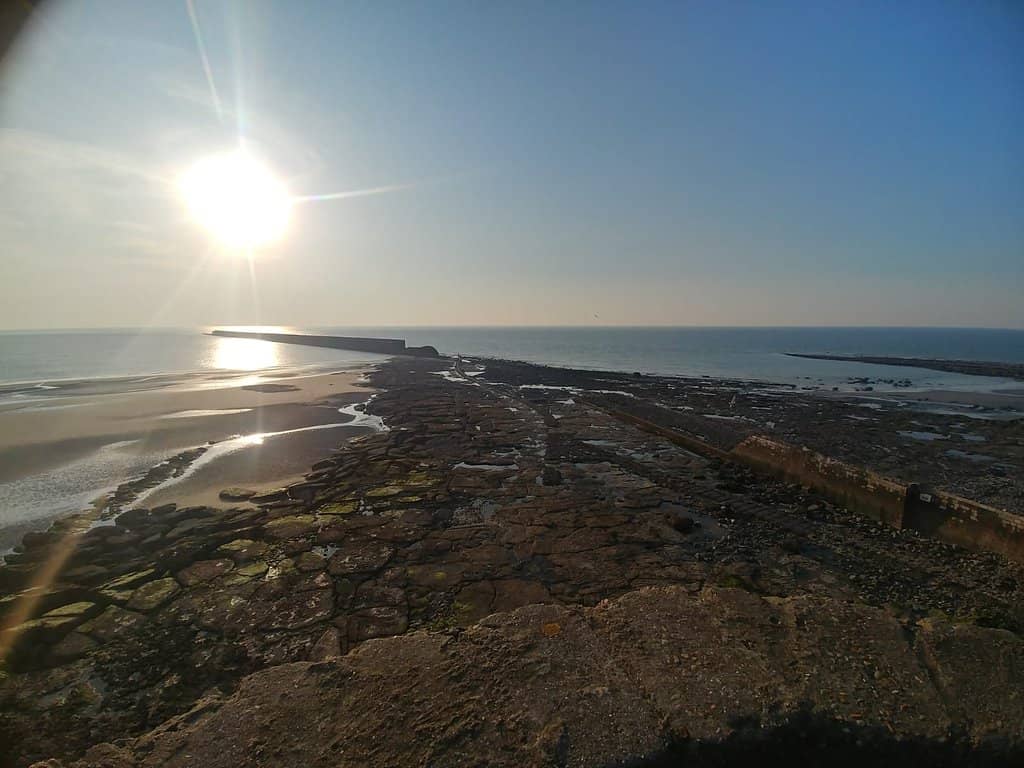
Highlights
Must-see attractions

Social
From TikTok & Reddit
Best Time
Best access & fewer crowds

Fort de la Crèche
Best Time
Best access & fewer crowds

Highlights
Must-see attractions
Explore a historic Napoleonic fort and WWII bunkers perched on the stunning Côte d'Opale, offering a journey through military history.
"Awesome place with some great tour guides. Awesome insight on the French occupation of the fort and the German bunkers built on top."
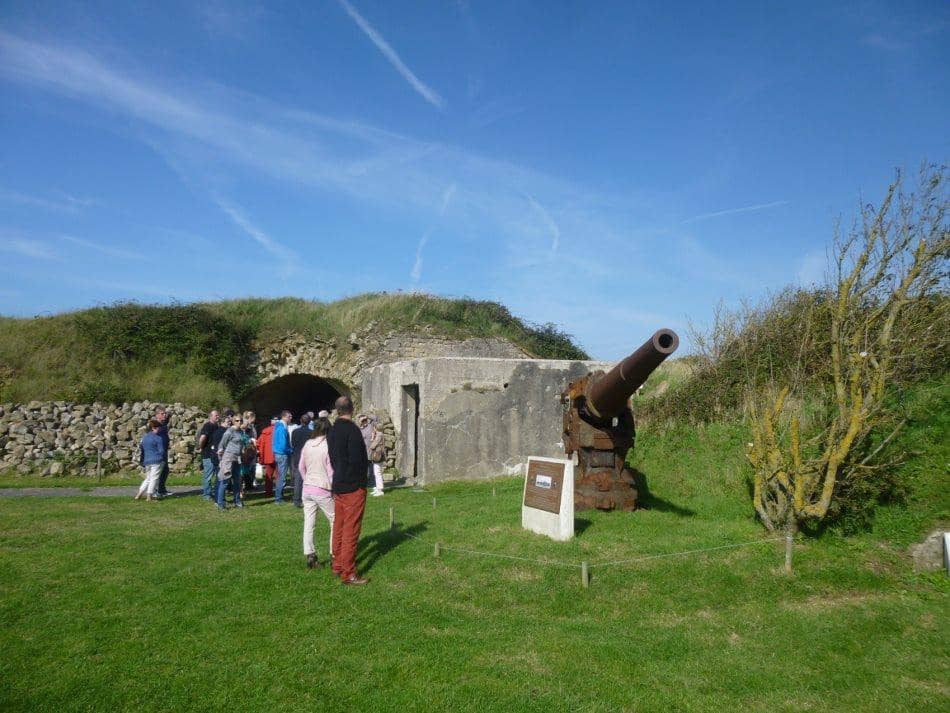
Check Tide Times 🌊
Visit during low tide for better access and exploration of the fort's base and surrounding areas.
Wear Sturdy Shoes :athletic_shoe:
The terrain can be uneven. Comfortable, closed-toe shoes are essential for exploring the fort and coastal paths.
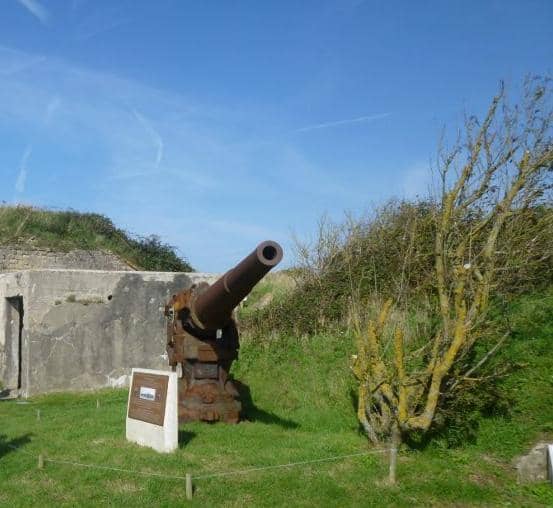
Highlights
Discover the most iconic attractions and experiences

Napoleonic Fortifications
Coastal cliffs
Explore the historic remnants of a fort dating back to Napoleon's era, offering a tangible connection to military history.
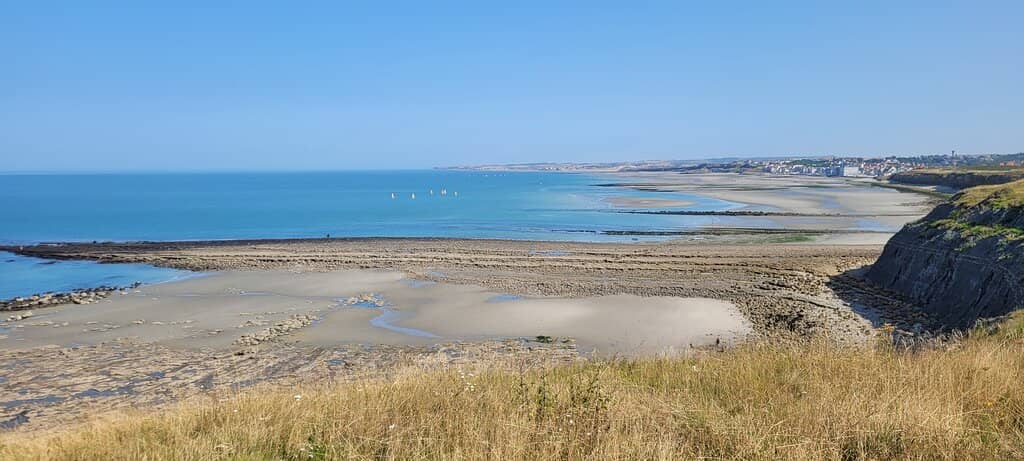
WWII Bunkers
Within the fort complex
Discover German bunkers built atop the older fort, revealing layers of military occupation and strategic importance.
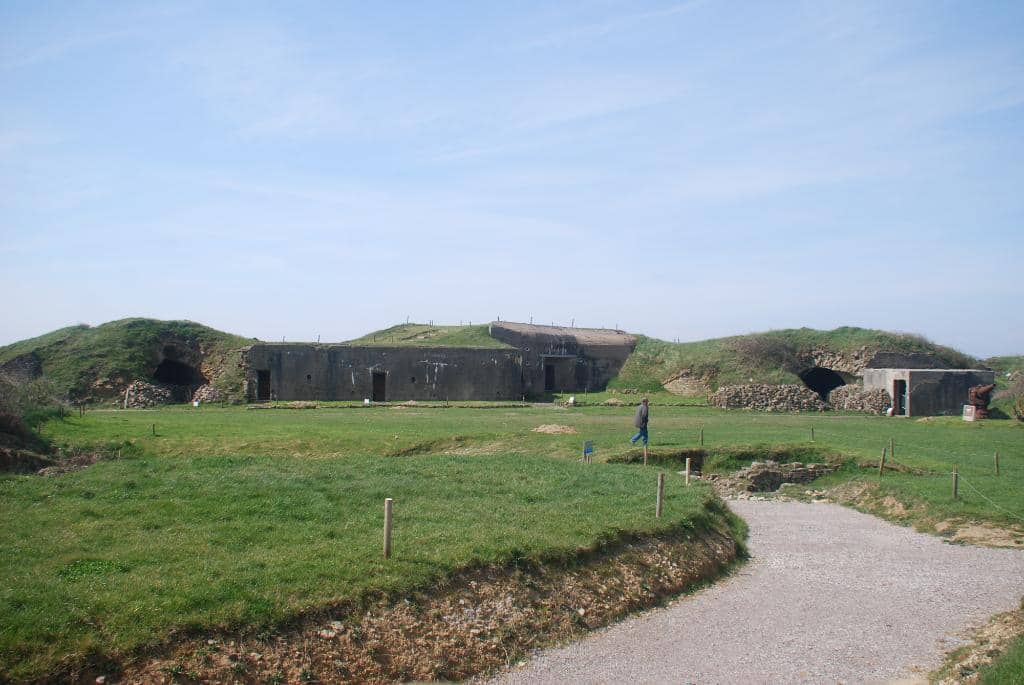
Coastal Views
Clifftop vantage points
Enjoy breathtaking panoramic views of the Côte d'Opale and the English Channel from the fort's elevated position.
Plans like a pro.
Thinks like you
Planning Your Visit
Timing Your Visit to Fort de la Crèche
Exploring the Fort's History
Best Times
Insider Tips
from TikTok, Instagram & Reddit
Check Tide Times 🌊
Visit during low tide for better access and exploration of the fort's base and surrounding areas.
Wear Sturdy Shoes :athletic_shoe:
The terrain can be uneven. Comfortable, closed-toe shoes are essential for exploring the fort and coastal paths.
Seek Out Historians :scroll:
Local guides can offer invaluable insights into the fort's rich history and its role in different conflicts.
Respect the Site :pray:
Be mindful of the historical significance and any access restrictions to preserve the site for future visitors.
Tips
from all over the internet
Check Tide Times 🌊
Visit during low tide for better access and exploration of the fort's base and surrounding areas.
Wear Sturdy Shoes :athletic_shoe:
The terrain can be uneven. Comfortable, closed-toe shoes are essential for exploring the fort and coastal paths.
Seek Out Historians :scroll:
Local guides can offer invaluable insights into the fort's rich history and its role in different conflicts.
Respect the Site :pray:
Be mindful of the historical significance and any access restrictions to preserve the site for future visitors.
What Travellers Say
Reviews Summary
Visitors praise Fort de la Crèche for its historical significance, offering insights into both Napoleonic and WWII eras. The coastal walk and views are frequently highlighted as major draws. Some visitors express disappointment if access is restricted or if they encounter limited information on-site.
"Great little stop. The fort dates back to Napoleon himself! They even had a historian to give us a free explanation of the fort's history!"
David Campbell
"Awesome place with some great tour guides. Awesome insight on the French occupation of the fort and the German bunkers built on top."
Alexz Schasfoort
"Very friendly, cool insight in WWII bunkers"
Chris Van de Voorde
What People Like
What People Dislike
Frequently Asked Questions
🚇 🗺️ Getting There
The most popular way to reach Fort de la Crèche is via a scenic coastal walk from Wimereux. This 6 km round trip takes about 1 hour and 50 minutes, offering stunning views along the Côte d'Opale.
Parking is available near the starting point of the walk from Wimereux. It's advisable to arrive early, especially during peak season, to secure a spot.
While you can drive close to the fort, the final approach often involves walking. The coastal path is the primary access route for visitors.
Access to the fort can depend on the tide. Exploring the base and surrounding areas is best done at low tide.
Public transport directly to the fort is limited. The walk from Wimereux is the most common and recommended method of arrival.
🎫 🎫 Tickets & Entry
Entry to the exterior of Fort de la Crèche and the surrounding coastal areas is generally free. However, access to specific internal sections or guided tours may require tickets or fees.
The fort itself is an open-air historical site, so access to the exterior is generally available at all times. However, specific internal areas or any organized tours will have set operating hours. It's best to check locally for any scheduled events or access limitations.
Accessibility can be influenced by tide levels and weather conditions. It's recommended to check tide charts before your visit, especially if you plan to explore the base of the fort.
Yes, guided tours are sometimes available and highly recommended for a deeper understanding of the fort's history. These tours often provide insights into both the Napoleonic and WWII eras.
Exploring the bunkers might be possible during specific tours or if access is permitted. Some videos show exploration inside, suggesting organized access is sometimes available.
🎫 🧭 Onsite Experience
You can explore the remnants of the Napoleonic fort, discover WWII bunkers built by the Germans, and enjoy stunning coastal views. It's a site with layers of military history.
Yes, it can be an engaging experience for families, offering a mix of history and outdoor exploration. Ensure children are supervised due to the uneven terrain and proximity to the coast.
The fort offers dramatic historical structures against the backdrop of the sea, making it a great spot for photography. Capture the rugged coastline and the imposing military architecture.
A visit typically takes 1.5 to 3 hours, depending on how much you explore and if you take a guided tour. The walk from Wimereux also adds to the time.
Bring comfortable walking shoes, weather-appropriate clothing, water, and a camera. Checking tide times is also crucial for the best experience.
🍽️ 🍽️ Food & Dining
There are no dining facilities directly at Fort de la Crèche. You'll need to bring your own snacks and drinks or plan to eat in Wimereux or Boulogne-sur-Mer before or after your visit.
Picnicking is a great option! Enjoying a meal with the coastal views can be a memorable experience. Just be sure to pack out everything you pack in.
The nearest options for restaurants are in the charming town of Wimereux, which offers various eateries along its promenade and streets. Boulogne-sur-Mer also has a wider selection.
📸 📸 Photography
The clifftop vantage points offer sweeping views of the coast. The fort's structures themselves, especially the bunkers and old walls, make for dramatic shots.
The western-facing coastline provides excellent opportunities for sunset photography, with the fort silhouetted against the colorful sky.
Early morning or late afternoon light often provides the most flattering conditions for photographing the fort and the coastline, minimizing harsh shadows.
Drone regulations can vary. It's essential to check local rules and obtain any necessary permissions before flying a drone in the area to avoid fines or issues.
A wide-angle lens is great for capturing the expansive coastal views and the scale of the fort. A telephoto lens can be useful for details or distant sea views.
For Different Travelers
Tailored advice for your travel style
👨👩👧 Families with Kids
It's important to keep a close eye on children due to the uneven terrain and proximity to the cliffs and sea. Ensure they wear appropriate footwear and are supervised at all times. Bringing snacks and drinks is a good idea, as there are no facilities on-site.
🚶♀️ History Buffs & Photographers
Photographers will find ample opportunities to capture dramatic landscapes and historical details. The interplay of light on the old stone and concrete, combined with the vast coastal scenery, makes for compelling shots. Early mornings and late afternoons often offer the best light.
Deep Dives
In-depth insights and expert knowledge
A Walk Through History: Fort de la Crèche's Layers
During World War II, the German forces recognized the fort's strategic value and built extensive bunkers and defensive positions on top of and around the existing structures. These additions, often referred to as 'Tobruks' and larger command posts, reveal the evolution of warfare and the continuous adaptation of the site for defense. Exploring these layers offers a unique perspective on the fort's long and varied military past.
Visitors often describe the experience as a journey through time, with the opportunity to see how different military powers utilized and adapted the same strategic location. The combination of Napoleonic architecture and WWII bunkers provides a rich historical narrative for those interested in military history and coastal defenses.
Navigating the Coastal Path and Tide Times
Crucially, understanding and checking the tide times is essential for maximizing your visit. At low tide, more of the fort's base and the surrounding shoreline become accessible, allowing for a more thorough exploration. Visiting during high tide might limit access to certain areas and reduce the visual appeal of the fort's lower sections.
When planning your walk, wear comfortable and sturdy footwear, as the coastal path can be uneven. Be prepared for varying weather conditions, as the coast can be exposed. Bringing water and snacks is also advisable, as amenities are scarce directly at the fort.


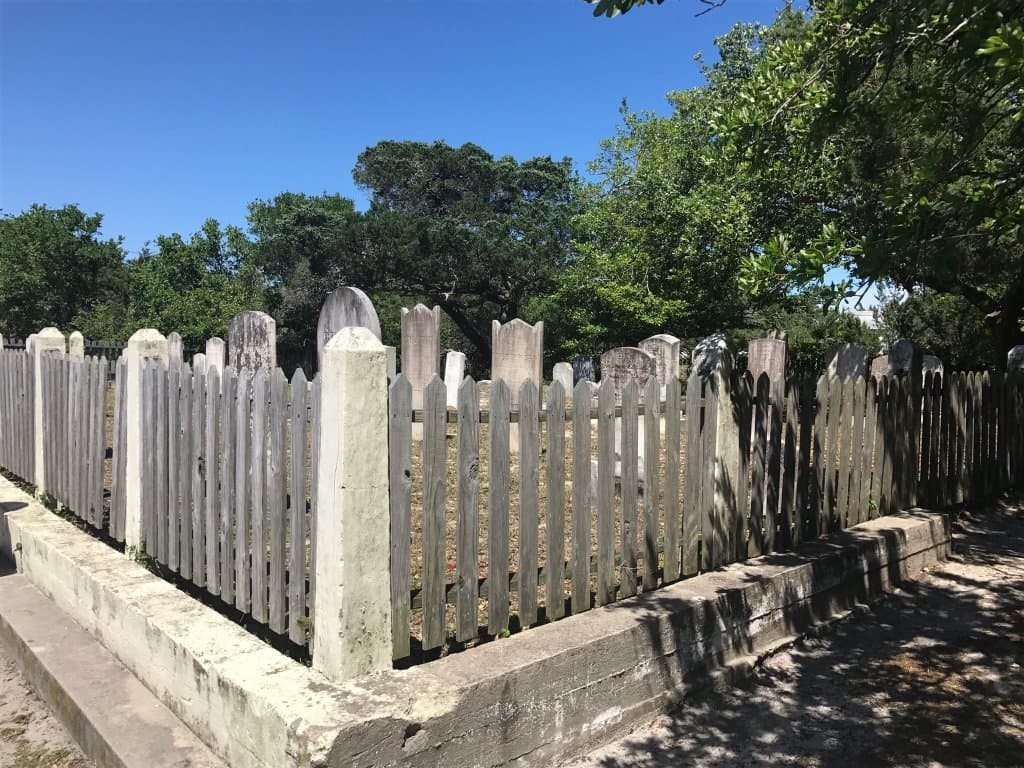
Social
from TikTok, Instagram & Reddit